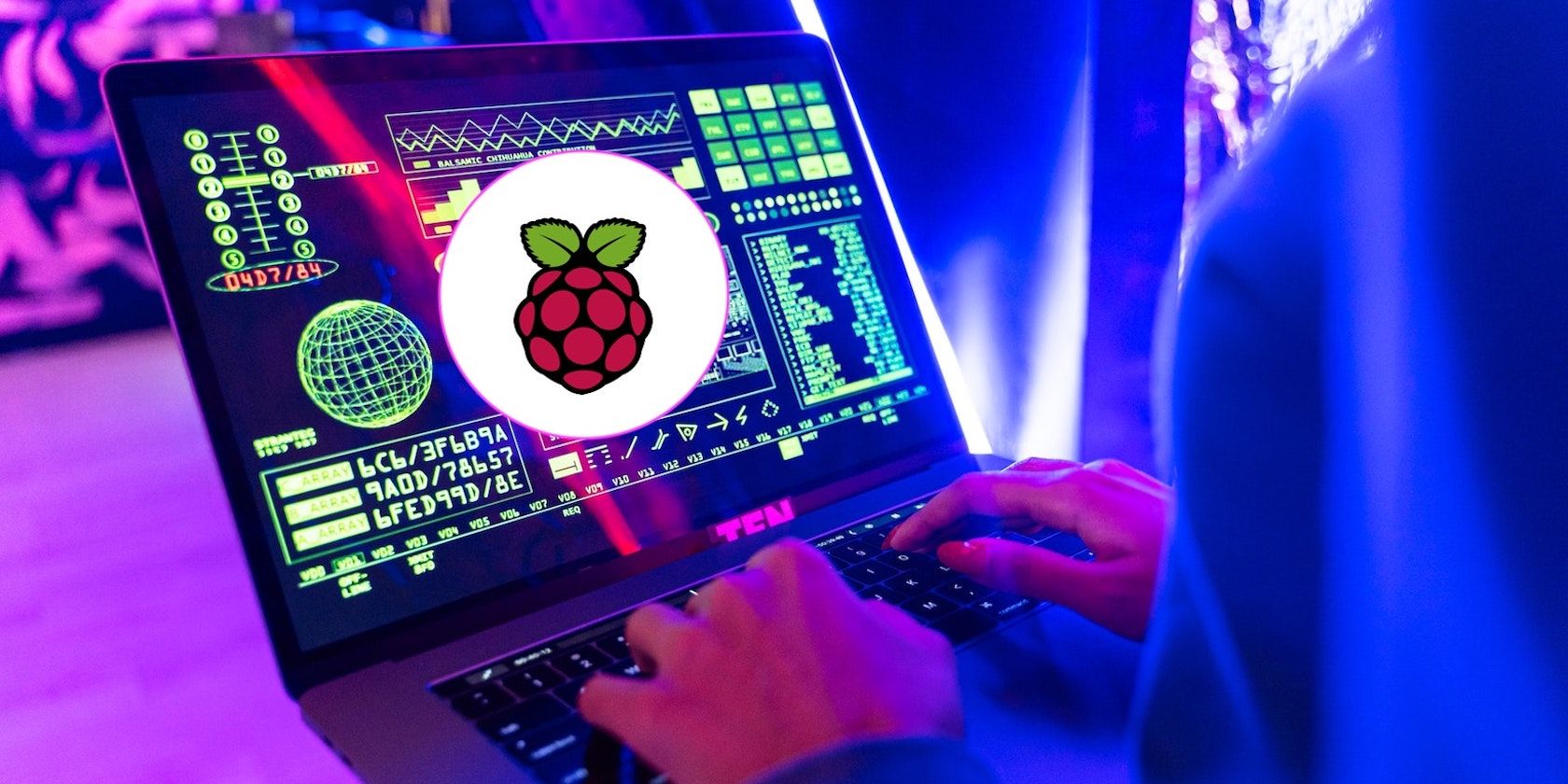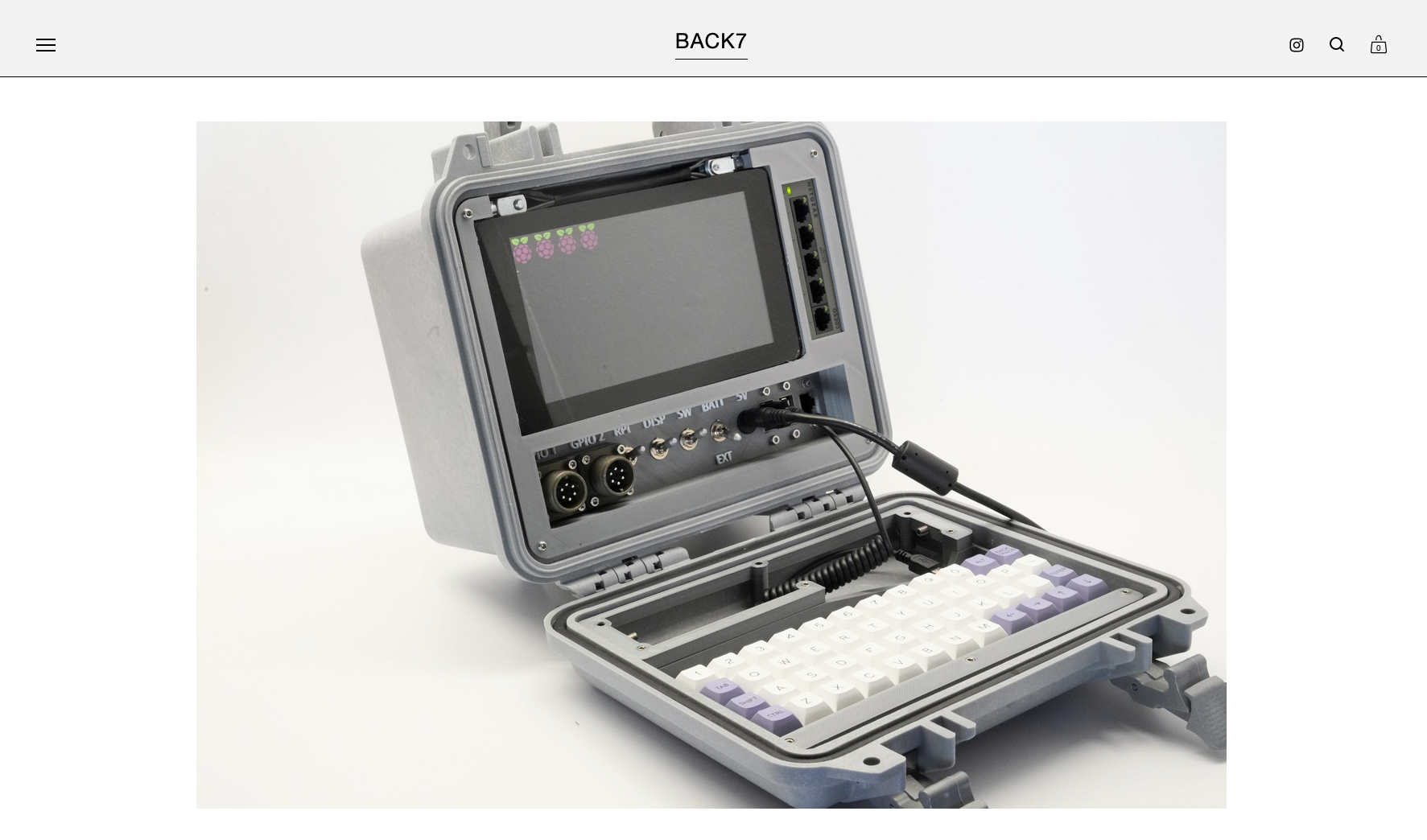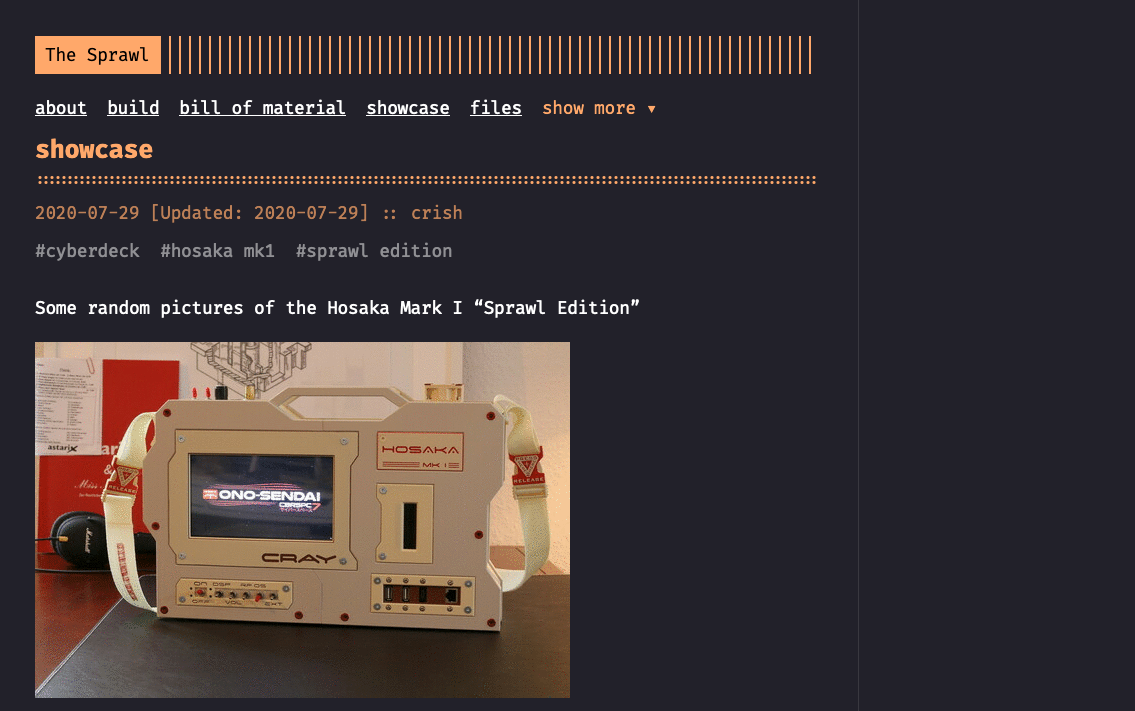Cyberdecks used to be the stuff of science fiction, but with the Raspberry Pi they have become a reality. What defines a cyberdeck will differ depending on whom you ask, but at its core you can expect a miniature portable computer, wildly creative DIY designs, and custom functionality.
Often inspired by cyberpunk esthetics, cyberdecks are among some of the most creative and varied Raspberry Pi computer builds.
Cyberdecks vs. Laptops
Of course, you can use your Raspberry Pi to build a laptop by adding a screen, a keyboard, and a custom-built structure to house your electronics. We've already seen a number of ways that you can turn your Raspberry Pi into a laptop over the years. But a cyberdeck also has a screen and keyboard and is built to be portable. So what makes it different?
What you might see in a cyberdeck:
- Unusual screen sizes
- Custom keyboards
- Extra LEDs, sensors, aerials
- Flexibility to access and maintain internal parts
- Recycled electronics
- Recycled parts
- One-off unique designs
With a cyberdeck, you don't need to stick to the traditional laptop or computer design. Think about what you want your deck to do, build out the electronics, and get creative with how you encase all the components into one awesome portable rig.
1. Off-Grid Cyberdeck Raspberry Pi Recovery Kit
Off-grid computers for emergency situations are a build idea that you might come across often in the cyberdeck community. They are both rugged and repairable, and a good test of building something that can stand the test of time.
Jay Doscher is the creator behind this beautifully designed off-grid cyberdeck which is housed inside a hard-wearing Pelican case. You can find the build guide on his website BACK7 and get an overview of the parts list. It features a Raspberry Pi 4 and a Pi 7" Touchscreen Display, along with USB, barrel jack, and Ethernet connectors, each of which can be turned off individually with locking switches.
Part of why it looks so well-fitting is through the use of 3D printing. Access to affordable, at-home 3D printing is relatively new, adding to why cyberdeck projects are growing in popularity.
2. Raspberry Pi Projector Box
Not all cyberdecks are built for imagined scenarios: some are intended to be used in real-world settings. In this case, Subir Bhaduri is the creator behind a low-cost Raspberry Pi projector computer that he hopes can be used in classrooms with few technology resources. You can find the compelling details of this build over on Hackaday.
Instead of a screen, a projector is used so that a large group of students can share the computer at the same time. A Raspberry Pi 3B+ or 4B gives this project wireless capability for a mouse or keyboard. Meanwhile, a custom-designed laser-cut metal case fits all the parts inside.
Being simple, rugged, portable, and open-source, this cyberdeck fulfills its goals well. Most importantly, it costs just $250 to build while simultaneously serving as a learning tool for a large group of people. With the relative affordability of DIY electronic components like the Raspberry Pi, low-cost computing is able to reach more and more people.
3. Dual OS Shoulder-Sling Cyberdeck
Building custom hardware solutions for your exact needs (or wants) is all a part of what makes a cyberdeck. And to show you just how far you can push your creation, take a look at this incredible cyberpunk design.
Head to MSG Lab and you'll get lost exploring the ins and outs of this beautiful cyberdeck. Featuring a touchscreen, e-ink display, and an old-school LED dot matrix display, this build really is the ultimate example of a DIY boutique computer. It even has a dedicated hardware button for switching between operating systems running on an i7 NUC and Raspberry Pi under the hood.
From the mechanical Planck keyboard to the retro feel of the 3D printed chassis, it's a gorgeous build. And of course in true open-source spirit, you can download the STL files and code for free, and view a complete build video on YouTube.
4. Raspberry Pi Cyberpunk Cyberdeck
Returning to the cyberpunk roots of cyberdecks, you will find that many projects take their inspiration from science-fiction. For the creator of this cyberdeck, it was the classic science-fiction novel Neuromancer by William Gibson that led him to create this awesome deck, dubbed the Hosaka MK1.
You can get lost in The Sprawl website exploring the component list, build guide, and files for this cyberpunk design. It uses a 7" touchscreen for interaction, with added components for audio and radio, while the clear standout of this project is the design of the 3D printed retro-style chassis.
Whether you are a science-fiction lover or not, this portable rig is still far cooler than most computers and laptops.
5. Recycled Cyberdeck
While 3D printing and other custom construction methods are more affordable than ever before, it's still not an option for everybody. The good thing is you don't always need to design a fancy chassis for your cyberdeck: recycled tech is an even greater solution.
The tech hobbyist, Alta, recycled an old laptop for their cyberdeck and in true cyberpunk aesthetic, it fits right in. Different from the other projects listed here, this deck uses a Raspberry Pi Zero alongside an iPad mini and an Apple Magic Trackpad.
Even though the components used here are more off-the-shelf, recycling parts that you have around your home into a custom portable setup puts it into the category of cyberdeck. It also shows us that a DIY approach is an option, even if you don't have the means for a long list of components in your build.
Where to Find More Projects
If by the end of this list you are determined to build your own cyberdeck, then you should consider jumping into the online community for cyberdecks. Here are a couple of places that you can go:
- Cyberdeck Cafe: Features a large gallery of cyberdeck projects posted by members, alongside anything you'd ever need to know about the cyberdeck culture. They also have a large discord community worth checking out.
- r/cyberDeck: A forum on Reddit for discussing cyberdecks and posting your builds.
DIY Cyberdecks for Now and the Future
Cyberdecks are somewhere between a desktop computer and a laptop, but are so unique in design that they really are their own category. Whether you're inspired by a science-fiction story in the past or hope to create some that you can practically use today, cyberdecks are the ultimate computer build project.




